Girih Tiles

Some interpretations of Islam include a ban of depiction of animate beings, so much of religious Islamic art is geometric in nature instead.
A few years back, I picked up the Islamic Design Workbook, by Eric Broug, at the V&A Museum in London. It gives you the underlying grids of some of the more famous patterns, and lets you recreate them. It's kind of a glorified colouring book, but I love it.
I noticed, while colouring, that many of the same shapes reoccur over and over in the patterns, and after a bit of digging, discovered that is not a coincidence. A set of five tiles, called Girih tiles, have been used since 1200AD to decorate Islamic buildings. Here they are, courtesy of Wikipedia:

They each have their own names in Persian: The quadrilateral tile is called Torange, the pentagonal tile is called Pange, the concave octagonal tile is called Shesh Band, the six-sided tile is called Sormeh Dan, and the decagram tile is called Tabl.
Why these tiles? Well, all sides of these figures have the same length; and all their angles are multiples of 36°. That means they almost always fit perfectly together. The Generalist Academy also points out another magical property they have:
There's something really exciting about these patterns: they do not repeat themselves. The technical description is that they are aperiodic: you can fit the tiles together without any gaps, but the resulting pattern has no translational symmetry.
Want to give them a play? There's a great online platform that you can try: the Girih Tiling Editor, made by Nikolaus Baumgarten. It's extremely easy to use. I made this in five minutes:

I'd love to see what you make! Tweet me your images at @duncangeere.

